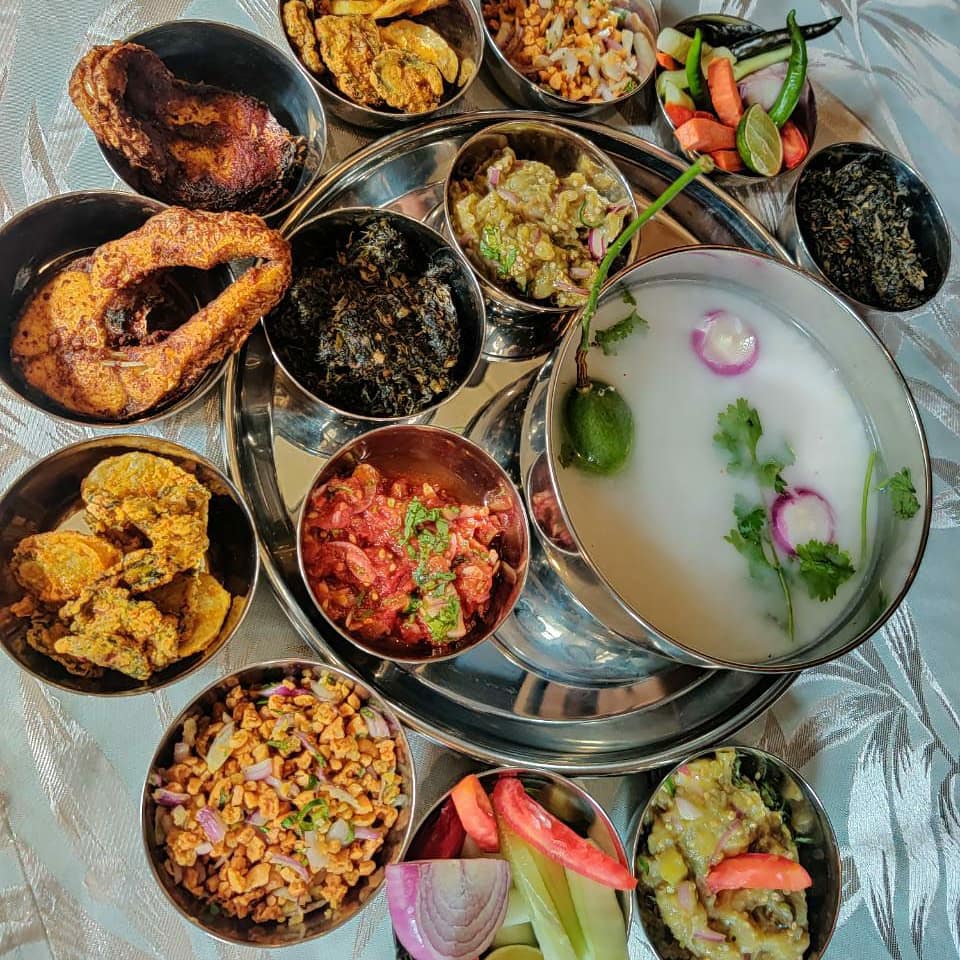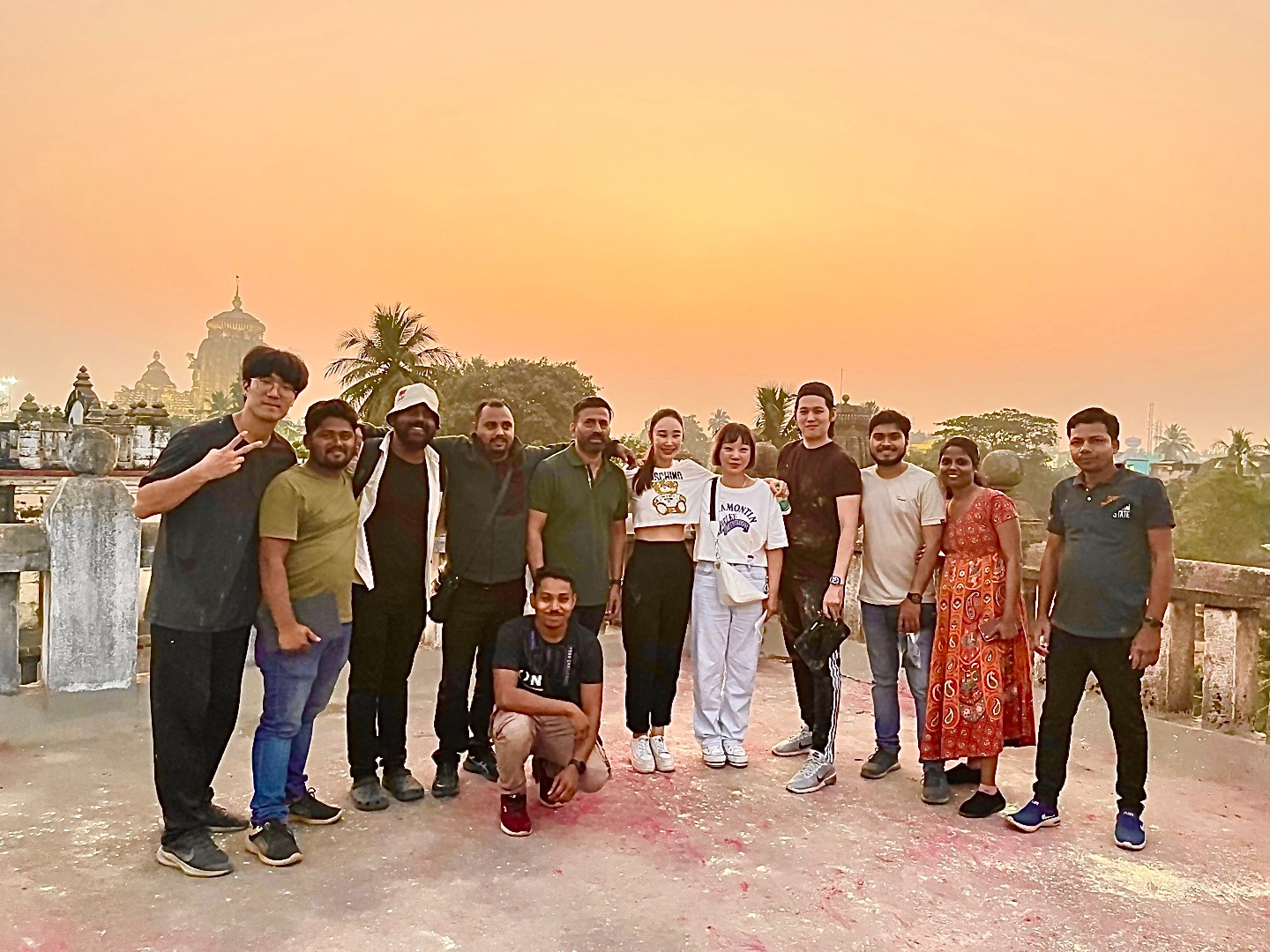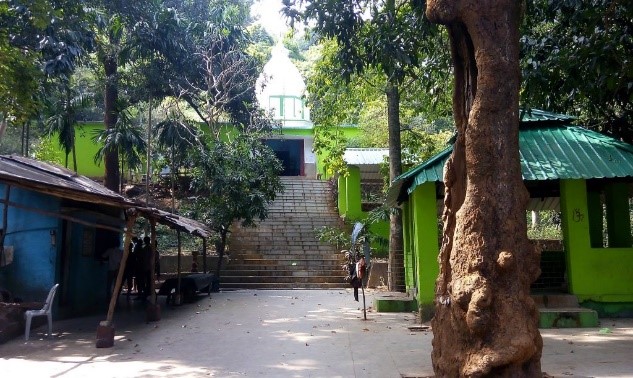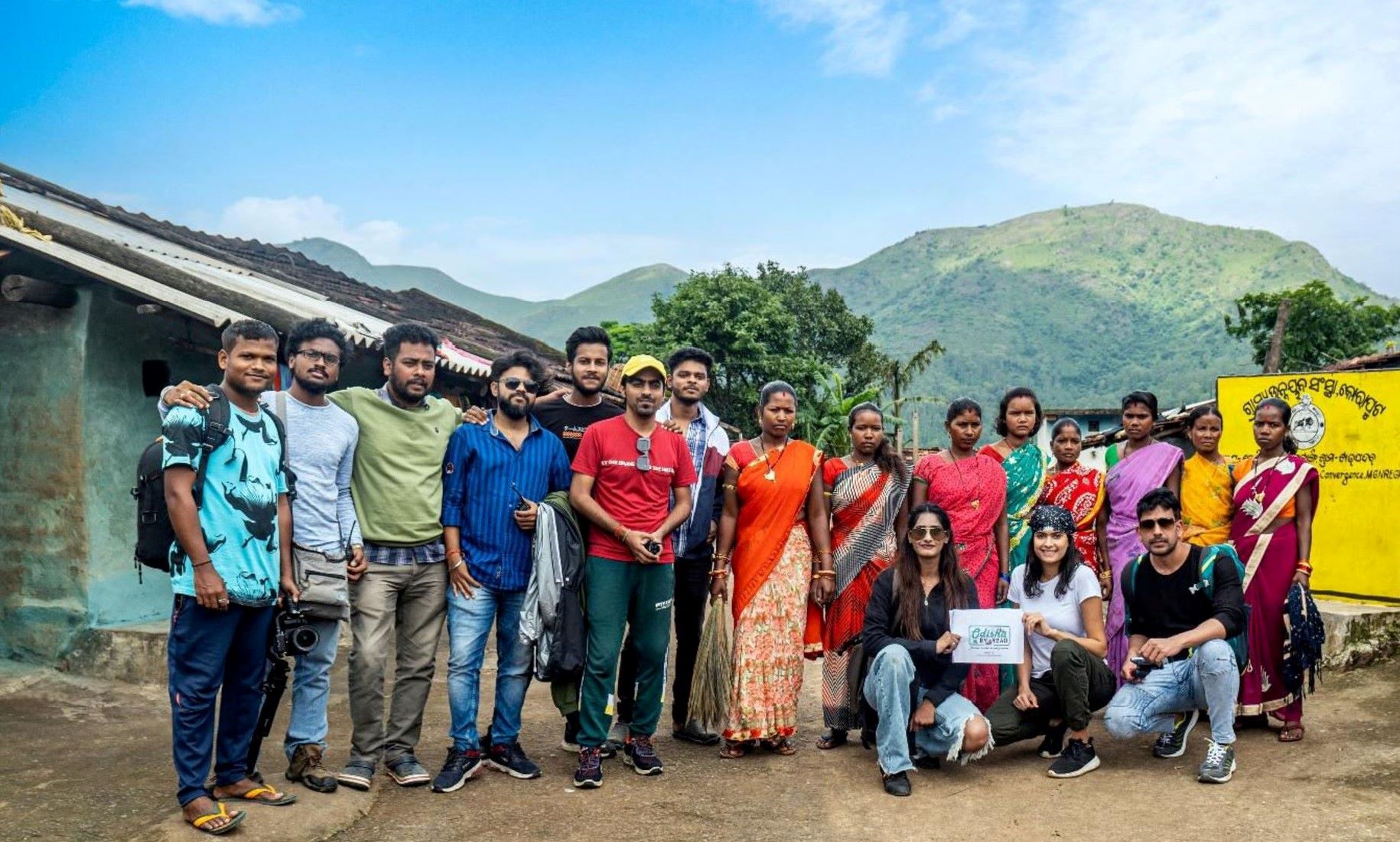
They look like tiny blood red cushions with spidery legs, crawling slowly out of the earth. They have been a part of the lives of everyone growing up in the 80’s and 90’s. They are the beautiful little Red Velvet Mites or Sadhaba Bohu.

The presence of red velvet mites is extremely important to the environment. These mites are part of a community of soil arthropods that is critical in terms of rates of decomposition in woodlands, and in maintaining the structure of the entire ecosystem. By feeding on insects that eat fungi and bacteria, they stimulate the decomposition process and help maintain balance in soil ecosystems. And when they are absent from the soil in a particular area where they survived before, many critical processes in the soil are slowed down and fertility of soil reduces greatly.
Down the ages, our traditions, customs and rituals have been intrinsically entwined with science and wisdom. One such custom celebrating the contribution of Red Velvet Mites to maintaining the fertility of soil is found in Dandamukundapur village near Puri. When the sadhaba bohus appear with the first rains just around the time of the famous ‘Raja’ festival , the children of the village are sent to the revered ‘Bada Pokhari’ or central village pond to pick up the mites, place them on large brass plates and bring them to a venue earmarked for the ritual. The women folk then place flowers, durva and barkolipatra (Bermuda grass and leaves of Indian Jujube) on the plate and wave a lamp before it, signifying devotion and reverence to the sadhaba bohus. This tradition symbolises the reverence for the sadhaba bohu as a harbinger of a good monsoon as well as a sustainer of the fertility of the soil, both crucial for a good harvest. The plate carrying the velvet mites is then placed on a tradition rope douli or swing tied from a tree and swung to the accompaniment of folk songs. This swing is then reserved for the girls and women to swing on during the three days of the harvest festival of Raja. After the ritual is over, the sadhaba bohus are returned to the soil besides the large tank from where they had been picked up.
Red velvet mites are still found abundantly areas where deforestation is minimum and soil moisture is at optimum levels. However, they rarely appear in urban areas due to the effects of large scale construction and dry soil because of dropping groundwater levels. Rooted in our culture is a reverence for the interconnectedness in nature, symbolised by such rituals as this one at Dandamukundapur that advocate respect for all life forms. Everytime a species goes extinct, there is a trickle down effect on life-processes and chains of existence on earth. When these effects multiply beyond control, we find ourselves in the grip of pandemics, uncertain and helpless. The COVID-19 pandemic is a repeat alarm for us to slow down our ambitions and understand that we are only a part of creation and not the creators.
By Panchami Manoo Ukil, Birdwatcher and Educator

By Panchami Manoo Ukil

Son, sand and sea: Creating a lasting memory
06 May 2024
The soul food of Odisha
19 Mar 2024
CHILIKA ODYSSEY : EXPLORING THE RICH AVIAN ...
14 Feb 2024
RABANDHARA ECO TOURISM
08 May 2023
Filming vivid colours of Bhubaneswar with ...
13 Apr 2023
Spellbound Odisha a picture perfect ...
03 Feb 2023
Satkosia a Nature’s Treasure Trove
03 Feb 2023
Odisha Wildlife in 4K
02 Jan 2023
SAPTASAJYA-A Heavenly Tourist Destination
10 Oct 2022
ODISHA BY ROAD 3.0-BEHIND THE SCENES
10 Oct 2022
Comments